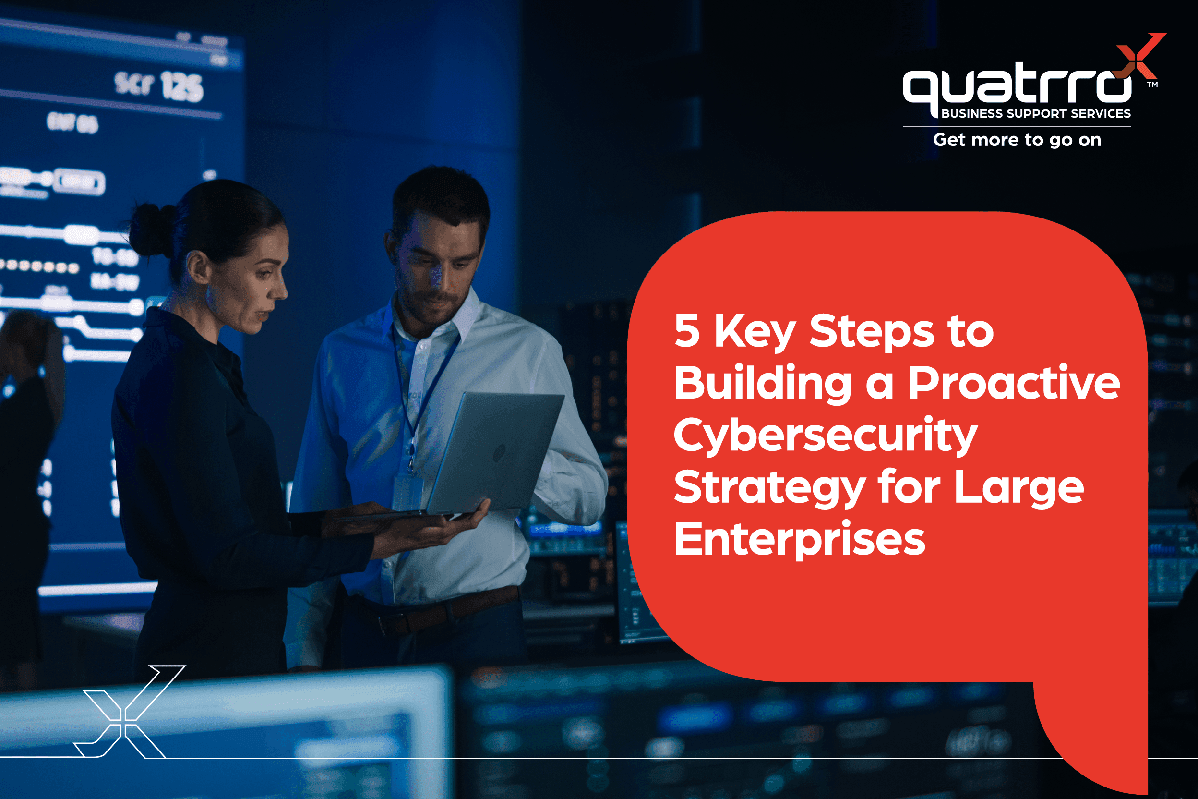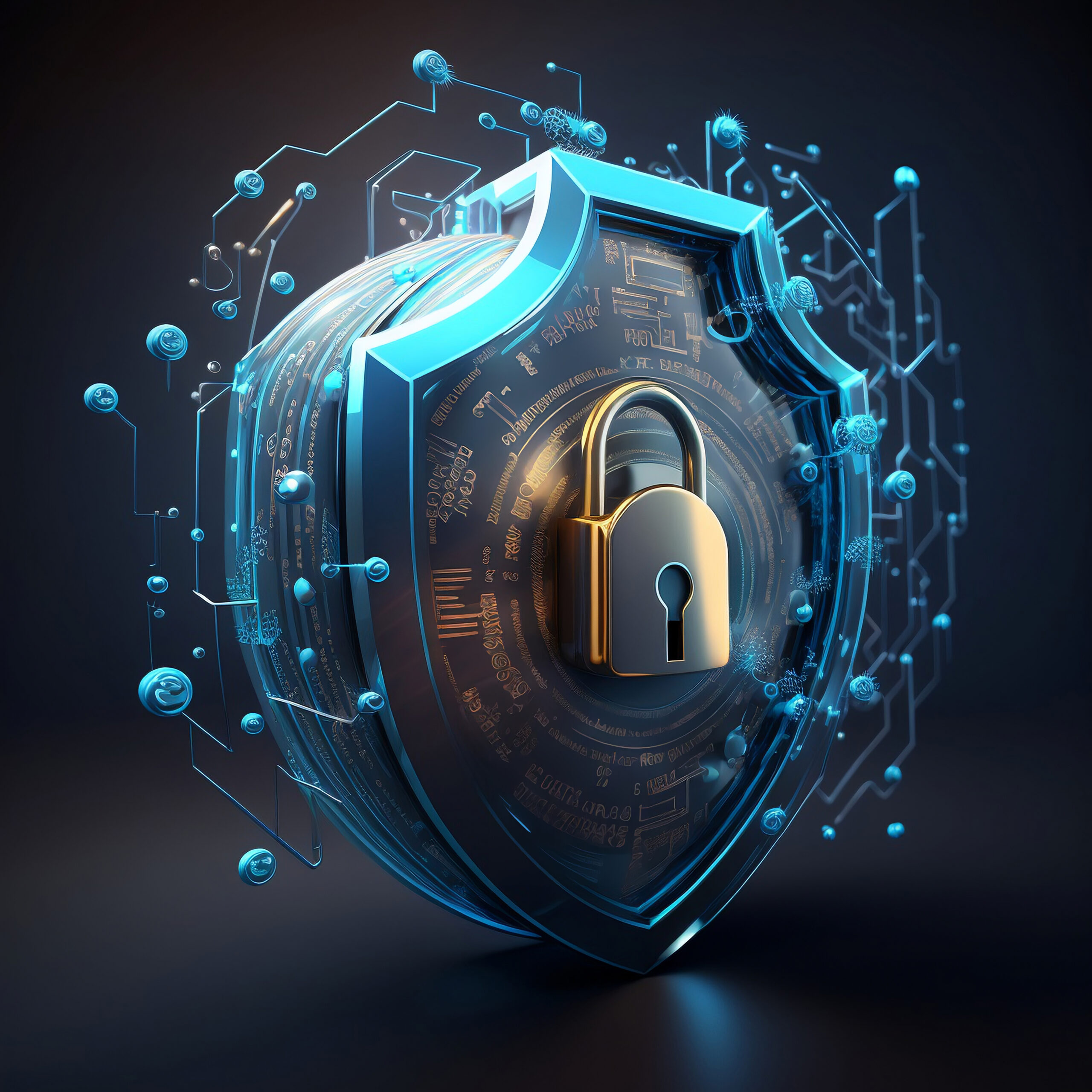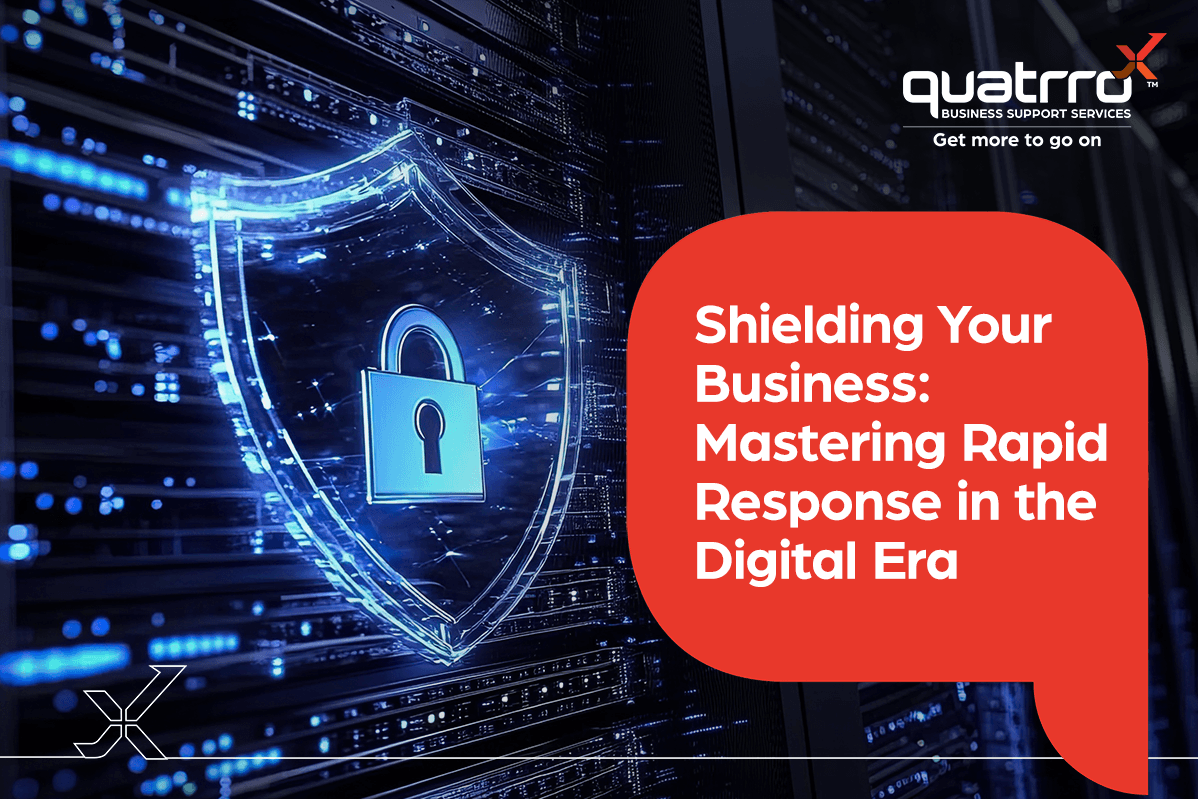Blog Details
5 Key Steps to Building a Proactive Cybersecurity Strategy for Large Enterprises
February 6, 2024

Strategic Safeguards: Cybersecurity Excellence for Large Enterprises
For any large organization, keeping pace with digital transformation is a tricky proposition. On one hand, the race is on to effectively deploy cloud infrastructure, software-as-a-service (SaaS), Zero Trust security designs, etc. On the other, though, it is these highly interconnected (and often complex) networks which leave the enterprise vulnerable to cybersecurity challenges.
In other words, all enterprises, irrespective of size or specialization, are facing threats from new areas. Today’s digital-first era itself is clearly characterized by an exponential increase in the range and nature of cybersecurity incidents. For example, per GreatHorn data, 57% of organizations reportedly witnessed weekly or daily phishing attempts in 2023. Similarly, data from IBM suggests that the average cost of a data breach was valued $4.45 million in 2023 – the highest average on record!
So, how do businesses ensure a futureproof (and foolproof) cybersecurity plan?
Decoding the Cybersecurity Challenge
Let’s begin by examining the cybersecurity challenges faced by an enterprise today.
An Ever-Evolving Environment:
|
A Siloed Approach:
|
A Technological Web:
|
The Security Threat of Legacy Infrastructure:
|
A Fixed Mindset:
|
In summary, organizations must seek to adopt a “proactive” rather than “reactive” approach to cybersecurity. The goal should be to identify cybersecurity as a differentiator to deliver optimal business outcomes. For example, per Accenture, organizations which have aligned their cybersecurity programs to business objectives are 18% more likely to drive revenue, increase market share and drive employee satisfaction. In fact, embedding cybersecurity initiatives into the enterprise’s digital transformation activities ensure a six-fold increase in success!
So, how should enterprises ensure their cybersecurity initiatives hit home?
Strategically Navigating the Cybersecurity Maze
Organizations must develop (and adhere to) a robust cybersecurity strategy that evaluates potential vulnerabilities, implements security protocols, develops incident responses and continuously monitors the network.
According to TechTarget, large businesses ought to conduct a cybersecurity risk assessment first. This is aimed at identifying key business objectives, the IT assets that are essential to achieve those goals and the possibility of cyber-attacks and their business impact.
The key steps to developing this strategy, as recommended by SprintZeal, are:
Let’s begin by examining the cybersecurity challenges faced by an enterprise today.
Examine your current security set-up. Identify security controls, vulnerabilities, and weaknesses. Assess and prioritize areas that require immediate attention.
Determine your overall objectives. Ensure compliance with regulations and align your business goals with your security objectives. Ensure that your security objectives are specific, measurable, achievable, relevant, and time-bound (SMART).
Plan how to realize, assess and mitigate risks. Be sure to include risk identification, analysis, evaluation, and treatment. Ensure this framework can be adapted to include evolving threats and technologies. Establish protocols for risk mitigation and incident response, and share them with all relevant stakeholders within the organization.
Develop policies and procedures. These policies and procedures should include access control, data classification, incident response, employee training, and vendor management. Ensure these align with industry best practices and regulatory requirements. Define guidelines for data and password management.
Focus on security controls. Make sure you look at things such as firewalls, intrusion detection systems, encryption techniques, access controls, and security monitoring software. Evaluate whether they are the right ones for your situation and environment.
Train your workforce in the best practices in security strategy. Employees need to be made aware of the part they play in maintaining the integrity of the organization’s data.
Keep monitoring the network. You must always be alert and monitoring systems and data for any sign of intrusion or forced activity.
Here are some key best practices and tips in cybersecurity every enterprise should be aware of:
Implement early detection systems into your enterprise’s cybersecurity network. Intrusiondetection systems (IDS) and security incident and event management (SIEM) solutions can identify threats in real-time. These systems enable a rapid response, minimizing the impact of security incidents and reducing the window of opportunity for attackers.
Ensure data encryption through encryption tools and algorithms.
Update your security policies and train employees to be the first line of defense.
Implement multi-factor authentication for every employee at every physical and virtual entry point to the organization.
Partner with an expert managed service provider (MSP), like Quatrro, to ensure a mature and proactive approach to cybersecurity.
Monitor third-party users and applications, as these entities can pose a threat to data security and potentially lead to cybersecurity breaches. This can be achieved through vigilant user activity monitoring, access restrictions, and the use of one-time passwords.
Implement a zero-trust security framework that enforces strict authentication requirements on users and devices.
Implement tokenization of sensitive data to protect it from being exposed if a breach occurs.
Use separate tools for endpoint management and protection, data loss prevention and user behaviour monitoring.

The Future Face of Cybersecurity
According to Gartner, by 2025, 60% of organizations will use cybersecurity risk as a primary determinant in conducting third-party transactions and business engagements. Clearly, going forward, cybersecurity is expected to continue to have its share of challenges that will keep enterprises on their toes!
Other trends expected to have a long-term impact, per TechTarget, include:
The Rise of Zero-Trust Security: The Zero-trust principles assume that no users or devices can be trusted without verification. This is designed to reduce both the frequency and severity of cybersecurity incidents.
Prepare Response Capabilities in Advance. TechTarget believes that organizations have to be prepared to respond to large-scale ransomware attacks before they occur.
Increased Security Automation: Artificial Intelligence (AI) and Machine Learning (ML) can be used to automate cybersecurity tasks.
In conclusion, the immense potential and benefits brought about by digital transformation isn’t without its share of challenges. Tackling cybersecurity isn’t a one-time exercise or a “one size fits all” solution. Enterprises have to foster not just a culture of awareness, but be proactive enough to anticipate any threat-even before it arrives! Cybersecurity is, after all, everyone’s responsibility in the organization.
If your organization needs a partner that can help ensure you are cyber-ready for today and into the future, we would love to have a conversation and see how we can give you more to go on. Let’sconnect today.








